Redefining state-of-the-art graphics editing.
Graphite is an in-development raster and vector 2D graphics editor that is free and open source. It is powered by a node graph compositing engine that supercharges your layer stack, providing a completely non-destructive editing experience.
Features and roadmap.
The current version of Graphite provides tools for designing vector art with Bezier curves, similar to tools like Inkscape, Illustrator, and Affinity Designer. These creations may be exported to SVG, JPG, or PNG formats. External images may be imported and placed in the document as a layer (but not directly edited yet).
The present priority is building the node graph system and integrating it with the existing vector editing toolset. Once ready, work will shift to building a raster-based render engine. More advanced features will build off those core capabilities.
Short-term feature development at a granular level is tracked in the Task Board on GitHub. Check that out to see what's coming down the pipeline during monthly sprints. Graphite does not use formal version numbers because of the constant rate of feature development and continuous release cycle. Changes can be tracked by commit hash and progress divided into monthly sprints. The hosted web app deploys a recent commit from the past week or two.
Milestones
Release series are announced based on major technology readiness milestones. Following a year of pre-alpha development, alpha milestone 1 was announced and work has continued under that banner while progressing towards the features of the second milestone release.
Alpha Milestone 1 is the current release series available at editor.graphite.rs which encompasses minimum-viable-product (MVP) vector editing features. Features and improvements are continually added and deployed. Regrettably, file format stability isn't guaranteed at this stage since it would prohibitively hinder the pace of development.
Alpha Milestone 2 is the next release series. It will introduce the node graph system for procedural vector editing. This is expected to be ready before the end of 2022.
Alpha Milestone 3 will probably focus on switching to an in-house vector graphics render engine built on wgpu.
Alpha Milestone 4 will probably introduce raster compositing.
Beta versions will follow once basic procedural vector and raster editing is fully supported. File format stability, authoring + sharing custom nodes/extensions, and a downloadable native desktop client will be included during or before Beta.
RAW photo editing, advanced color handling, automation and batch processing, and procedural painting workflows will be added during further Beta development.
Planned capabilities
Below is an incomplete list of planned features and longer-term aspirations.
Short Term:
Node graph and layer tree
Procedural generation
Importing SVG files
Medium Term:
Mixed vector and raster workflow
Compositing engine
Resolution-agnostic rendering
RAW photo editing
HDR/WCG color handling
Data viz/graph/chart creation
Data-driven template replacement
Advanced typesetting
Procedural painting
CAD-like constraint solver
Real-time collaborative editing
Custom node scripting
Asset manager and store
Batch conversion and processing
Portable render engine
Localization/internationalization
Keyboardless touch and stylus controls
Native desktop application
Long Term:
Physically-based painting
Motion graphics and animation
Live video compositing
Animated SVG authorship
Distributed rendering system
Built for the future, powered by Rust.
Always on the bleeding edge and built to last— Graphite is written on a robust foundation with Rust, a modern programming language optimized for creating fast, reliable, future-proof software.
The underlying node graph engine that computes and renders Graphite documents is called Graphene. The Graphene engine is an extension of the Rust language, acting as a system for chaining together modular functions into useful pipelines with GPU and parallel computation. Artists can harness these powerful capabilities directly in the Graphite editor without touching code. Technical artists and programmers can write reusable Rust functions to extend the capabilities of Graphite and create new nodes to share with the community.
View Code:
https://github.com/GraphiteEditor/Graphite
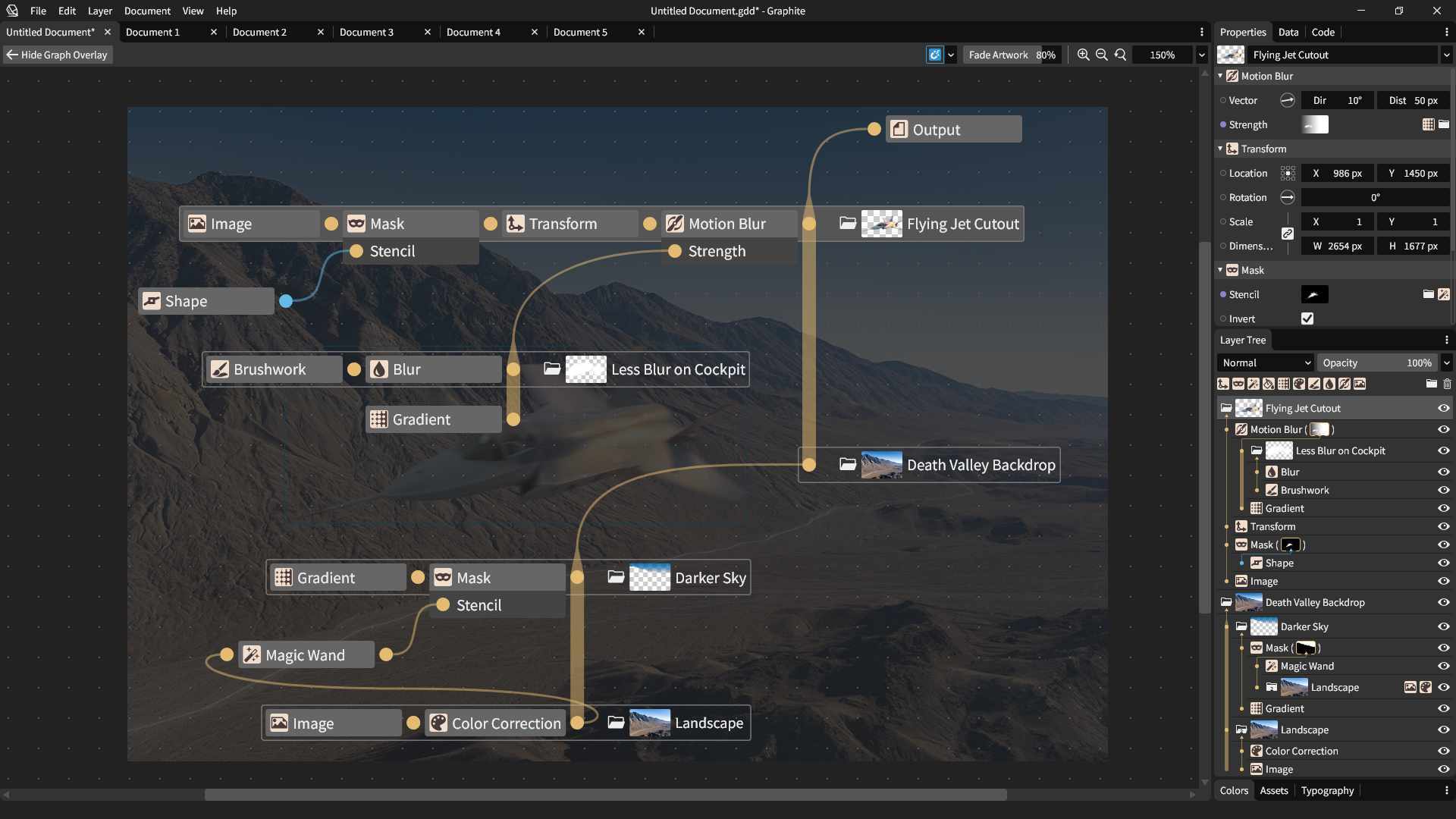
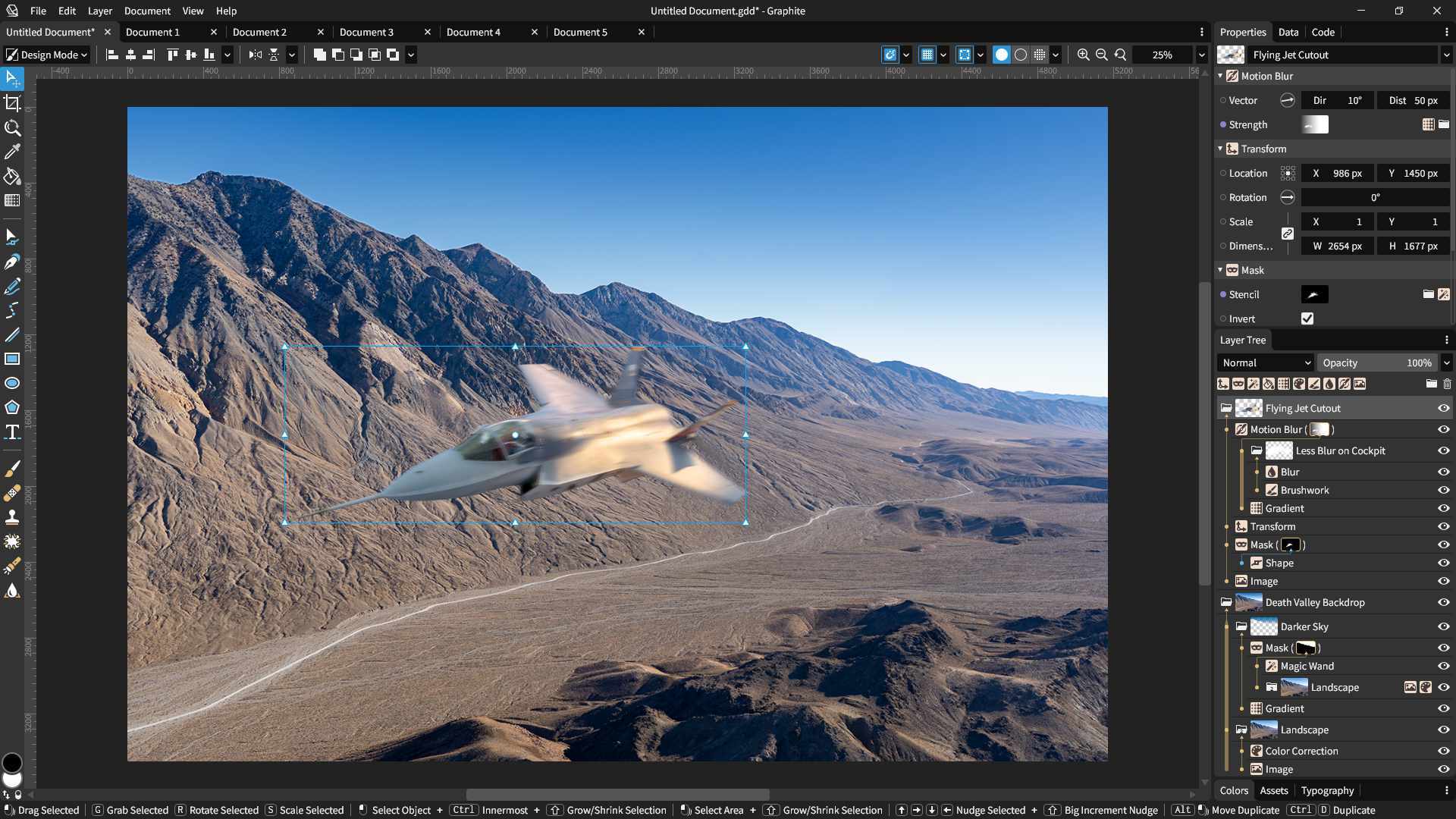
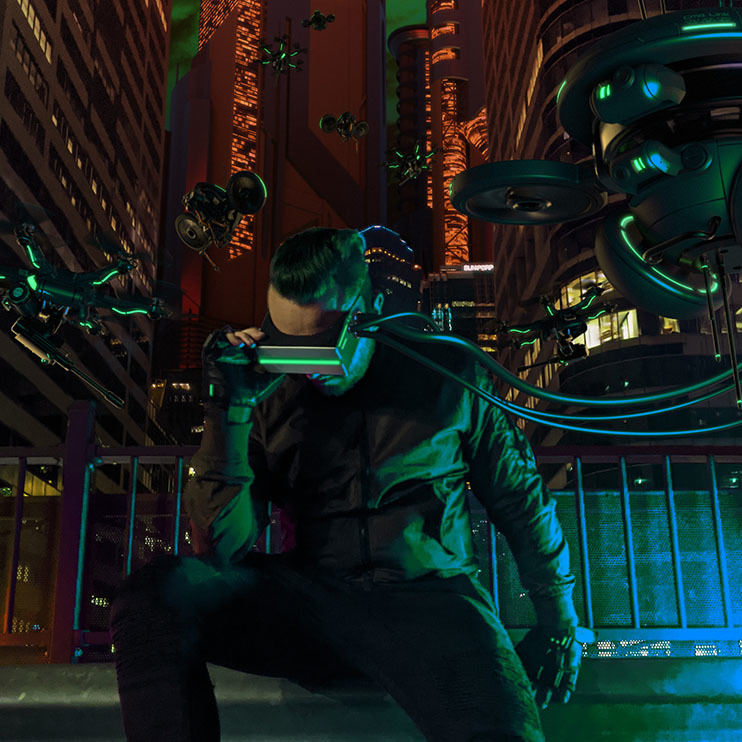
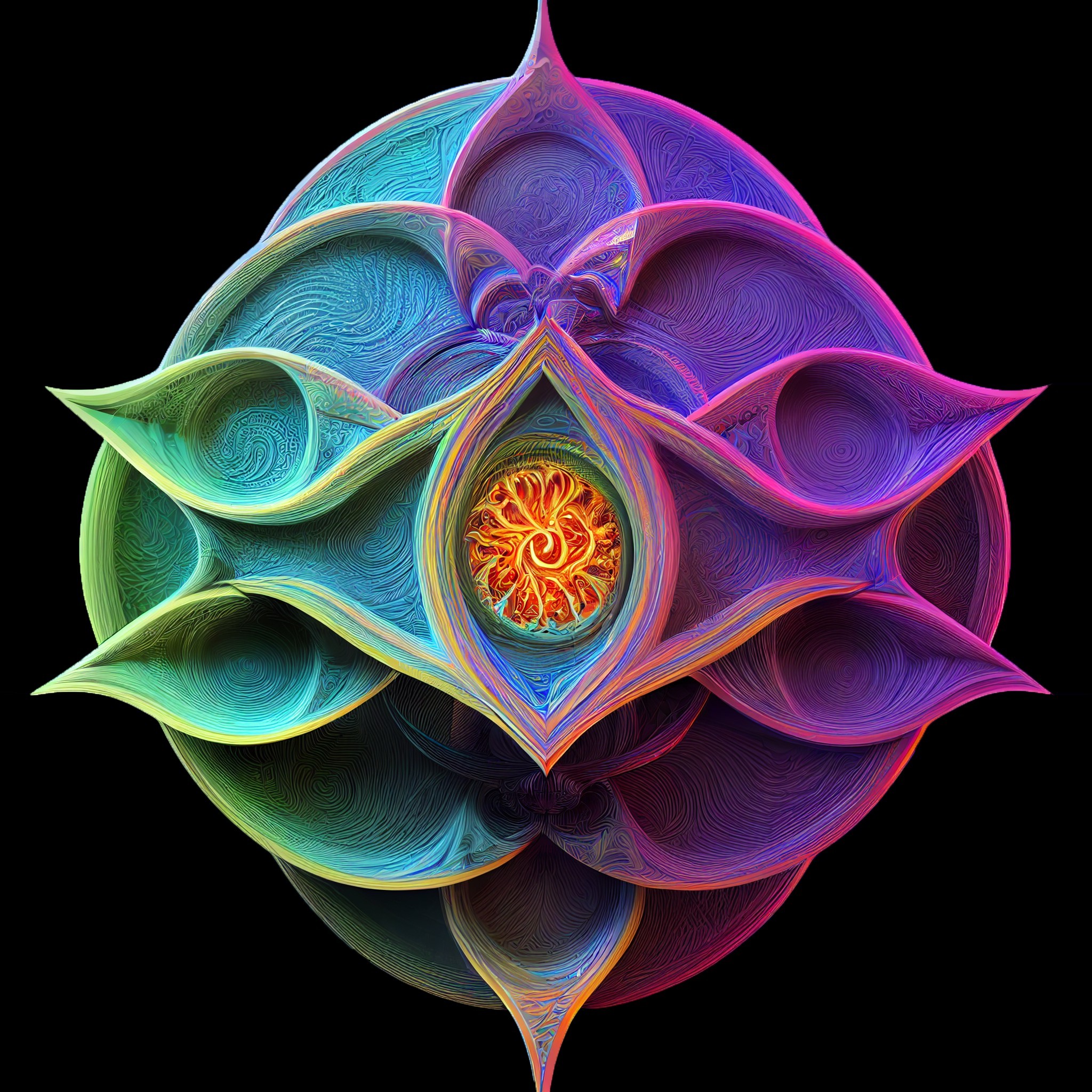
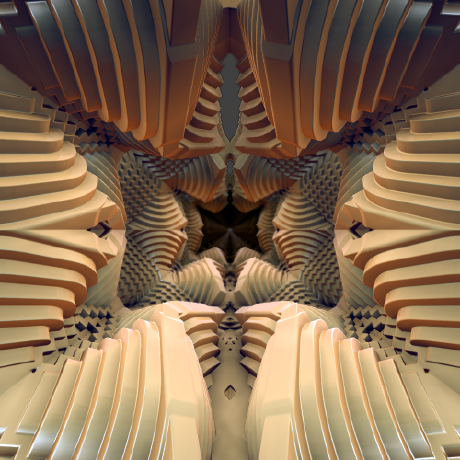
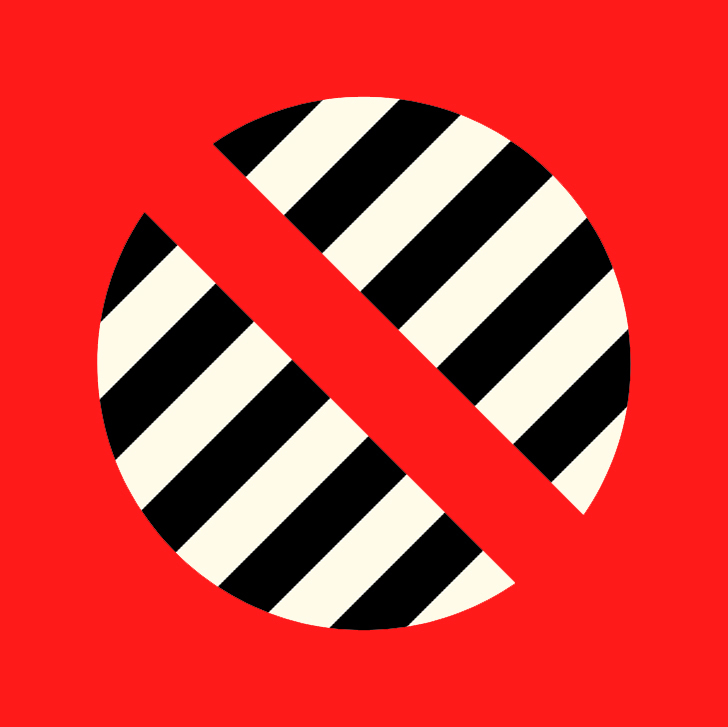
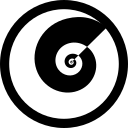
Discussion (0)